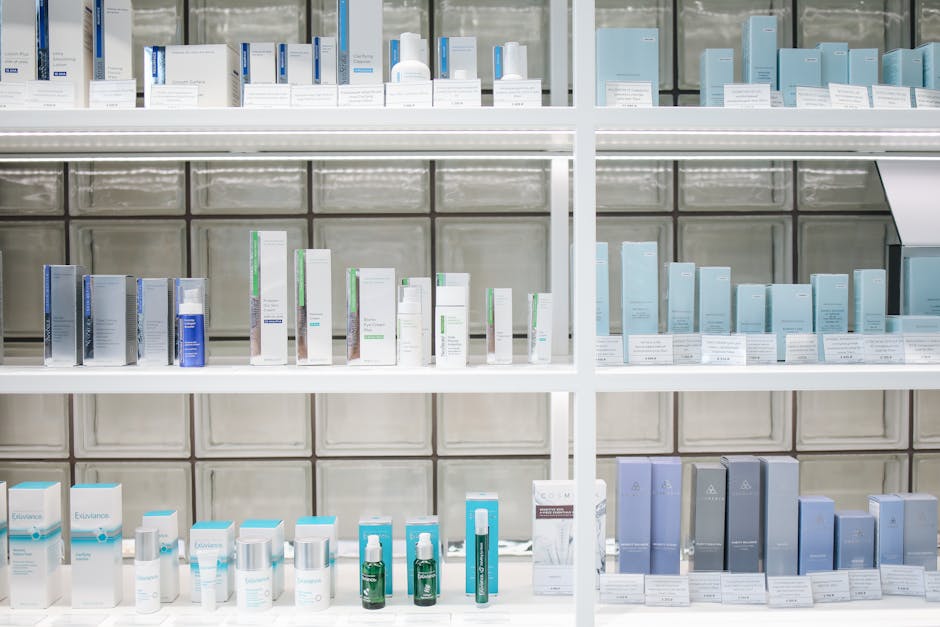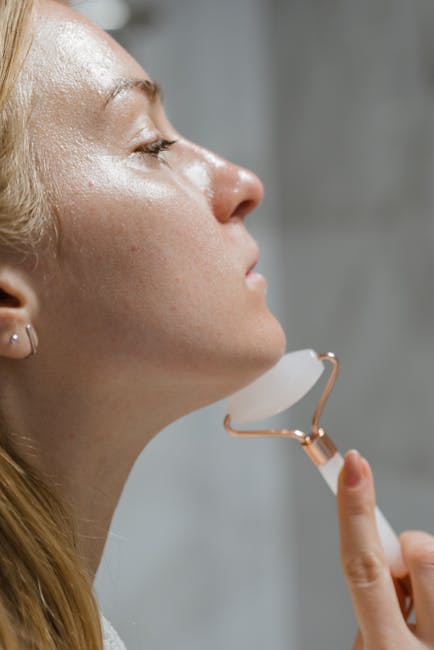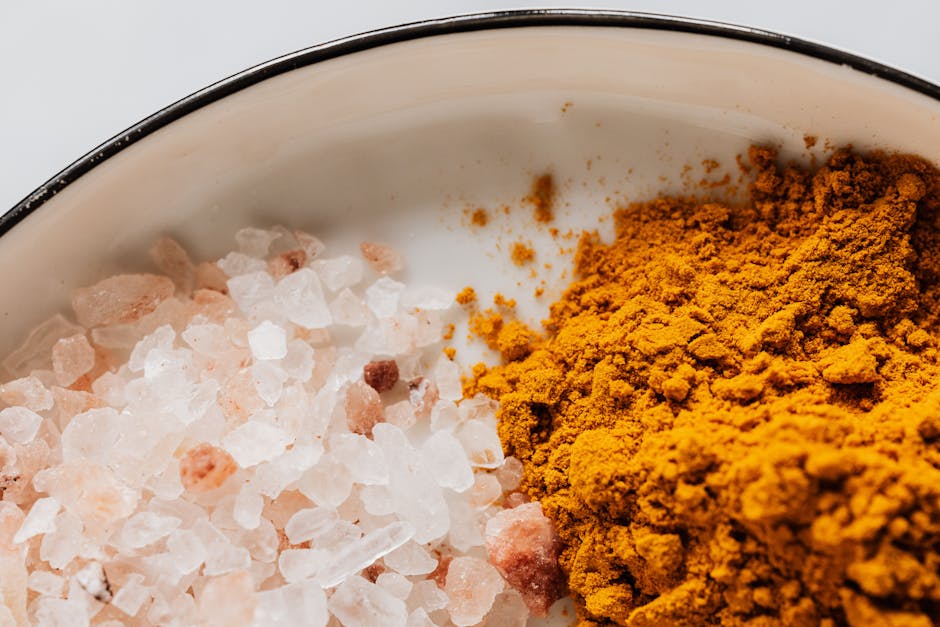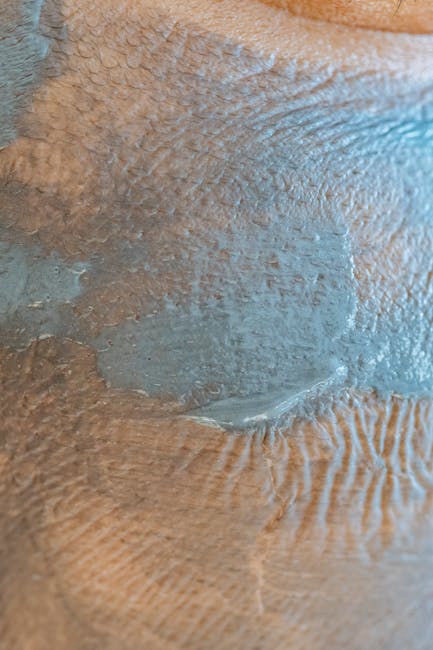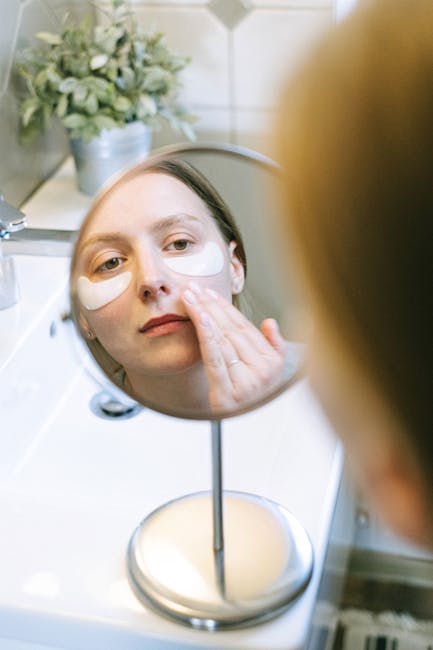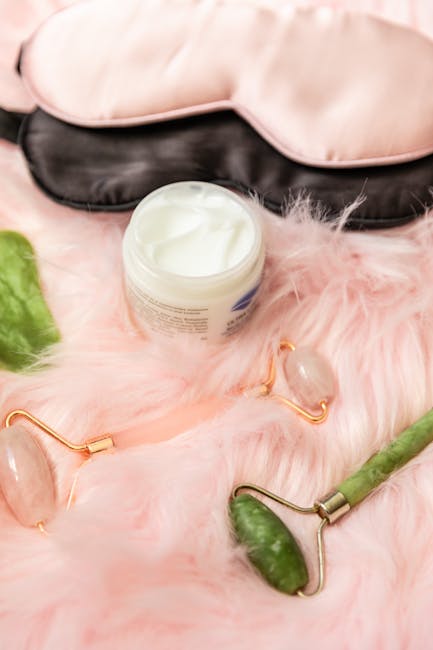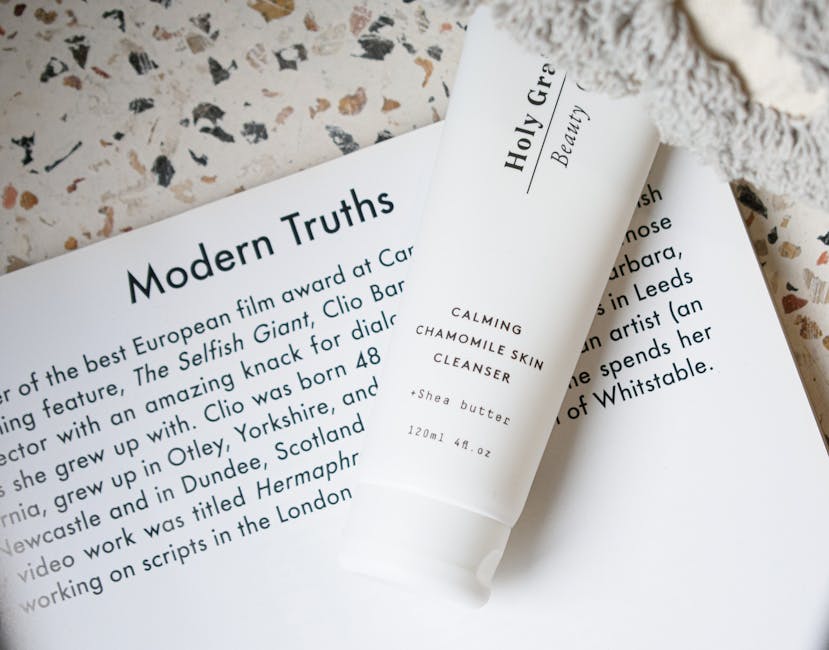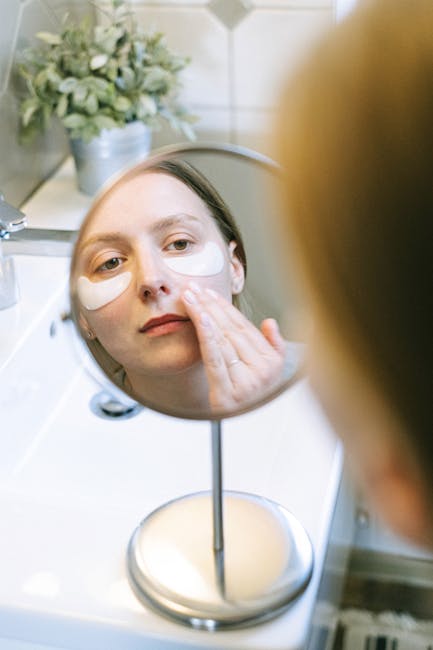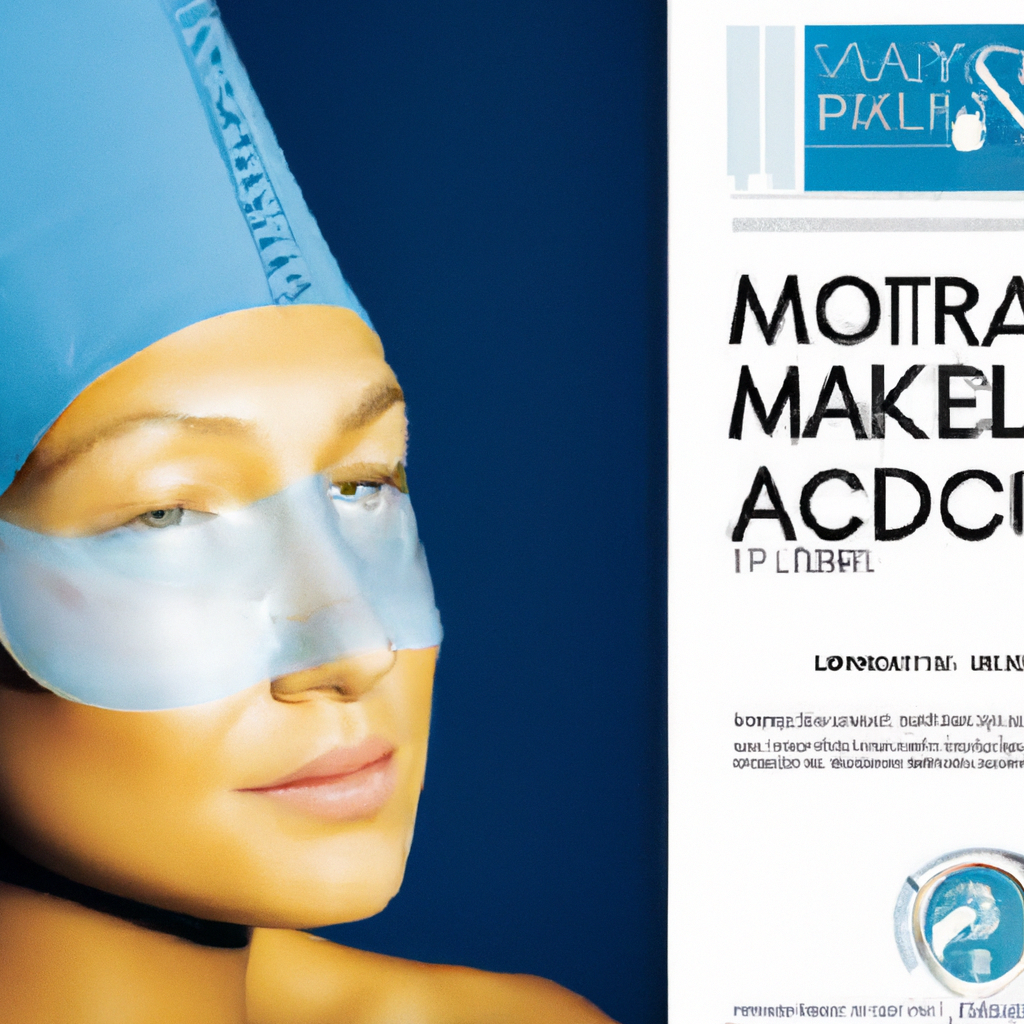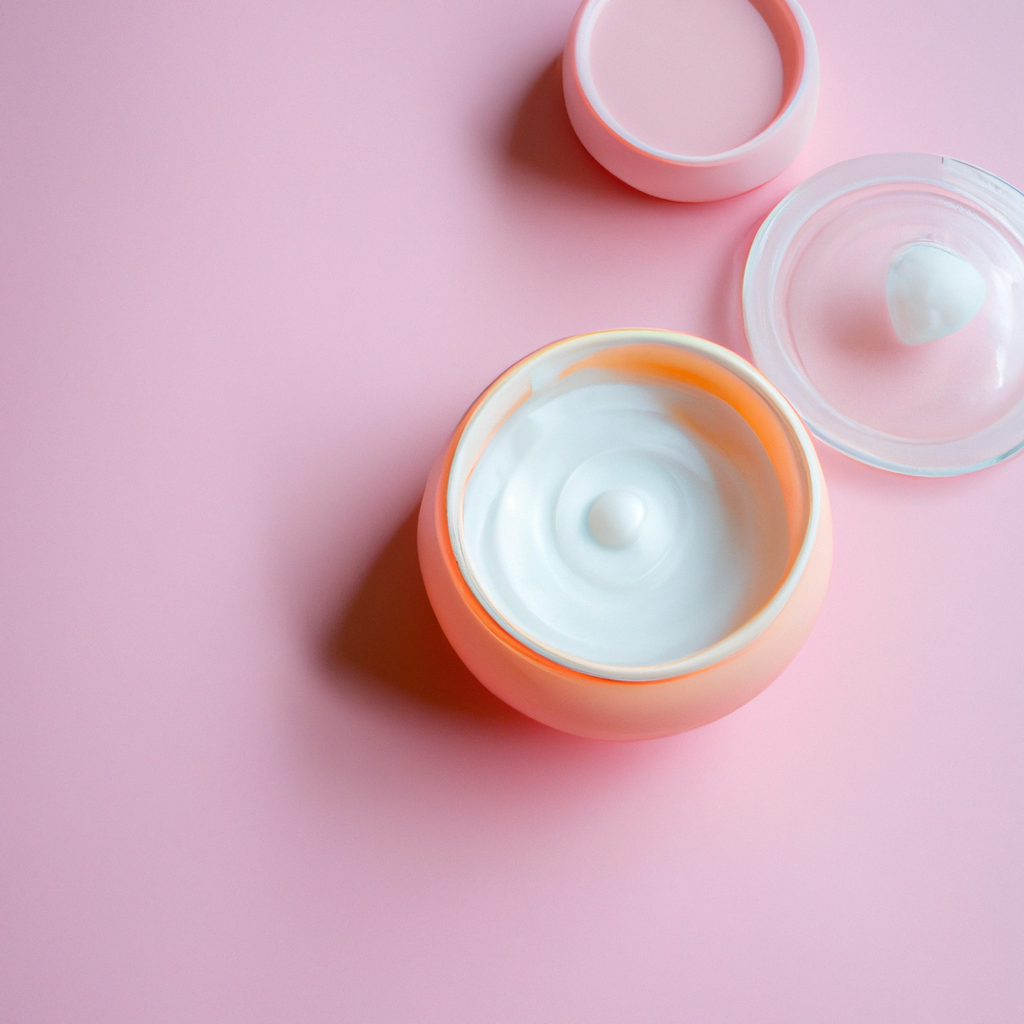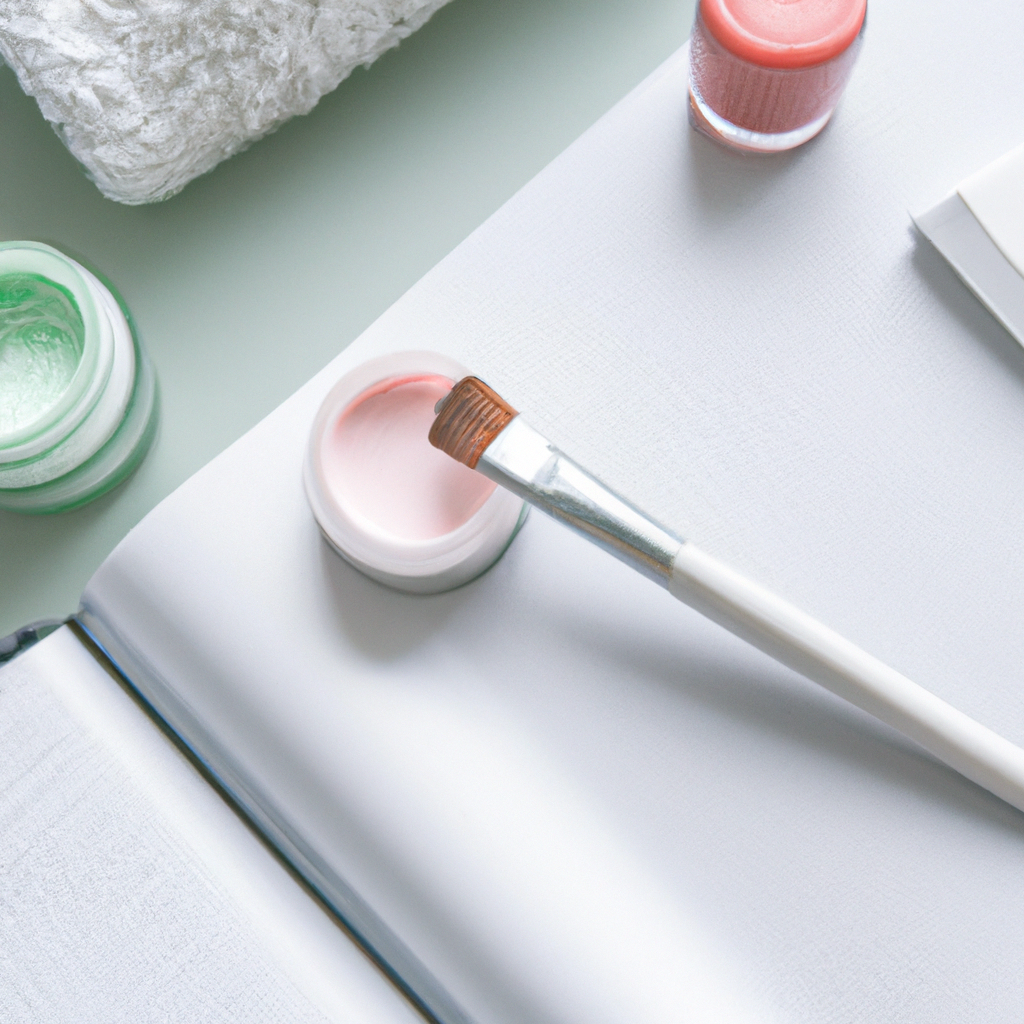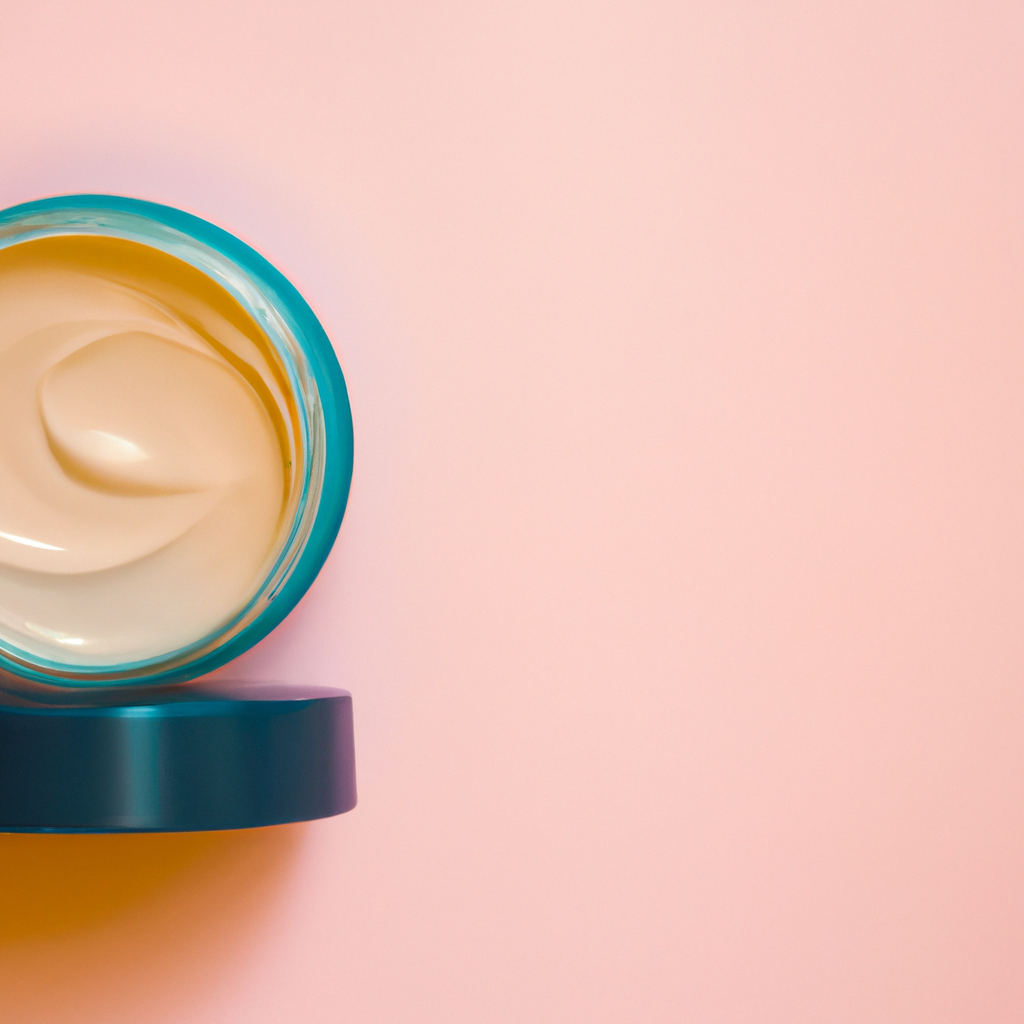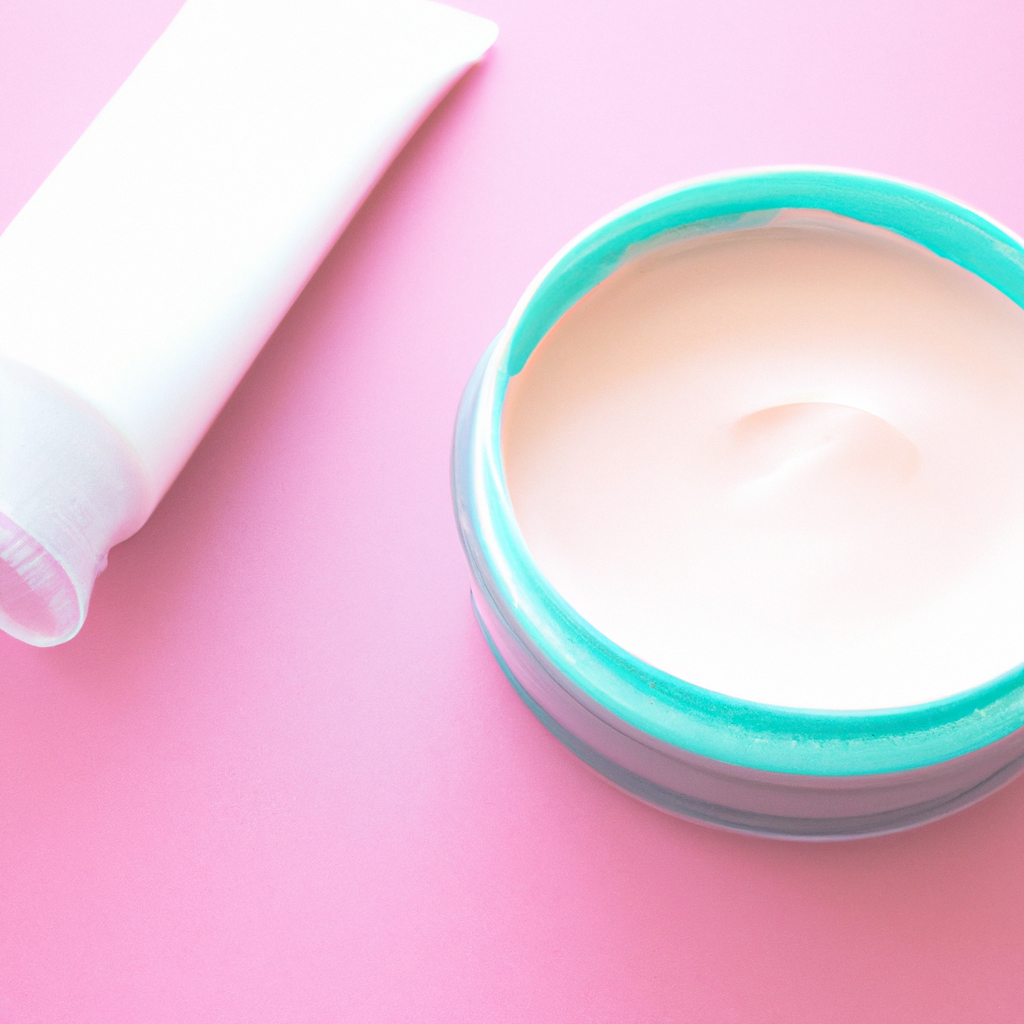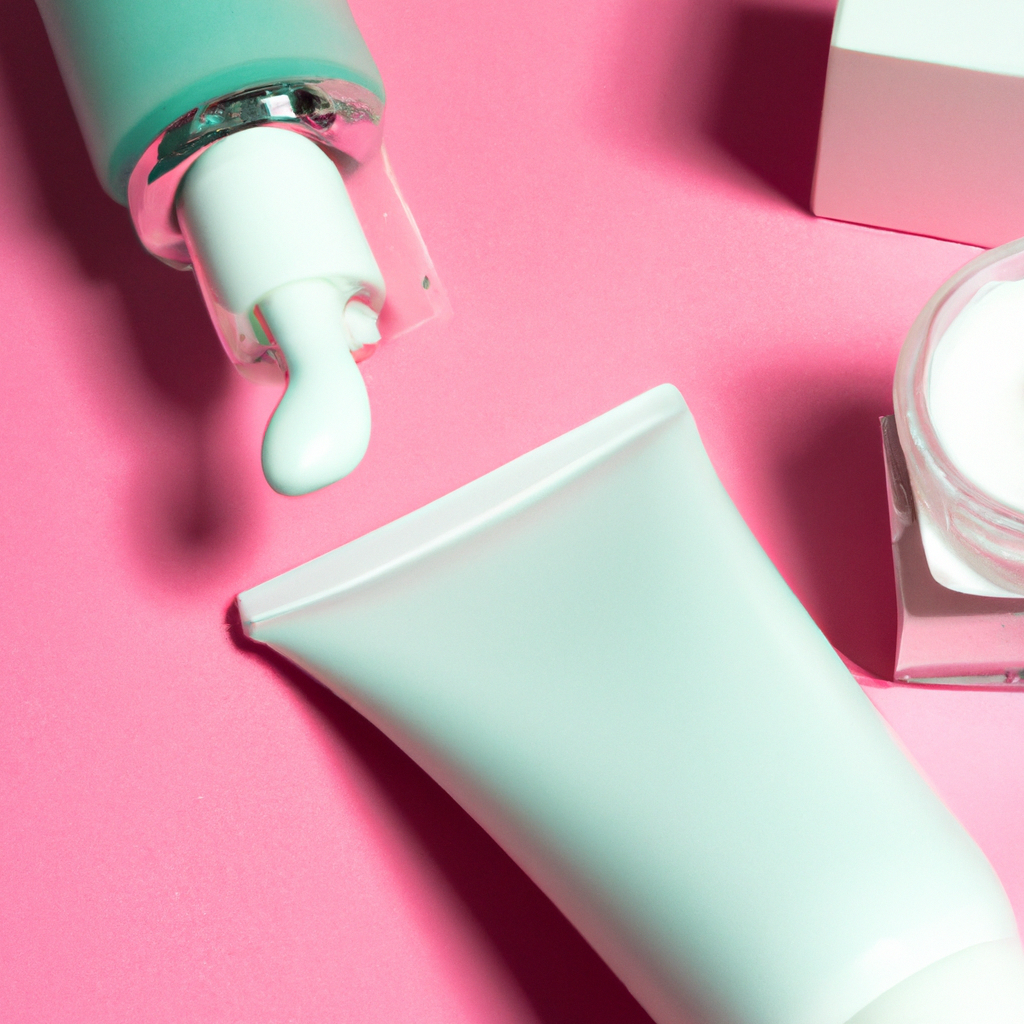Table of Content
- Introduction
- Understanding Your Skin Type
- Daily Skin Care Routine
- Essential Skin Care Products
- Advanced Skin Care Tips
- Conclusion
Introduction
Achieving glowing skin is a common goal for many, but with the plethora of products and routines available, it can be overwhelming to know where to begin. This ultimate guide helps to demystify skin care, providing you with essential tips, product recommendations, and routines to make your skin care journey smooth and effective.
Understanding Your Skin Type
Understanding your skin type is a fundamental step in creating a tailored skin care routine that meets your individual needs. Skin typically falls under one of five main categories: normal, oily, dry, combination, or sensitive. Each type speaks its own language and demands a specific care approach to maintain optimal health and appearance. For a comprehensive understanding, you can explore Skin Care for Different Skin Types.
For instance, oily skin often battles excess shine and benefits from mattifying products and regular exfoliation to manage oil production and prevent breakouts. On the other hand, dry skin craves moisture, thriving on deep hydration and the gentle touch of non-drying cleansers to combat flakiness and discomfort.
Identifying your skin type allows you to select products that enhance your skin’s natural balance without causing irritation. By understanding and adapting to your skin’s unique characteristics, you can prevent potential issues and achieve the glowing complexion you desire. This foundational knowledge empowers your ability to make informed decisions in your beauty regimen, ultimately leading to healthier skin. For tailored skin care solutions, consider visiting Tailored Skin Care Routines and Ideal Products.
Daily Skin Care Routine
A consistent daily skincare routine is essential for maintaining healthy and glowing skin. Begin your day by cleansing using a gentle cleanser designed to eliminate impurities without stripping your skin of essential oils. This first step is crucial for maintaining balanced and clear skin.
Following cleansing, apply a toner. Toners are designed to balance your skin’s pH levels and can also help refine the appearance of pores. They serve as a preparatory step to enhance the absorption of subsequent products.
The next step involves applying a serum. Choose a serum based on your skin’s specific needs—whether you require hydration, anti-aging benefits, or brightening effects. Serums are potent and targeted treatments that address individual skin concerns with high concentrations of active ingredients.
Seal in the benefits of your serum with a moisturizer suitable for your skin type. Moisturizers are crucial for maintaining hydration and creating a protective barrier against external elements. For more tailored solutions, you might find beneficial insights in our article Transform Your Skin: Tailored Skin Care Routines and Ideal Products.
Finally, during the day, always apply sunscreen as the last step in your routine. Sunscreen protects your skin from harmful UV rays, preventing premature aging and skin damage.
Remember, evening routines may differ slightly, often incorporating richer, more nourishing products that support overnight repair and rejuvenation. This structured approach not only protects but also enhances your skin’s natural glow, keeping it looking its best.
Essential Skin Care Products
When it comes to nourishing your skin and keeping it radiant, the selection of essential skin care products is crucial. The foundation of a successful skin care routine lies in choosing products that not only address your skin type but also cater to specific issues you might face, such as acne or signs of aging. For personalized guidance, check out our guide on skin care for different skin types.
First and foremost, a high-quality cleanser is essential. It serves as the cornerstone of your routine, effectively removing dirt, oil, and makeup without stripping the skin of its natural oils. Following this, a hydrating toner can help balance the skin’s pH levels, while adding essential moisture. Look for toners infused with soothing ingredients like rose water or chamomile for added benefits.
A nourishing serum should be the next step. Serums packed with hyaluronic acid can boost hydration, while those with retinol or vitamin C work wonders for anti-aging and brightening effects. Serums penetrate deeply into the skin, delivering potent ingredients that target specific concerns. For more on choosing the right products, visit our article on tailored skin care routines and ideal products.
Lastly, never underestimate the power of a good sunscreen. Protecting your skin from harmful UV rays is crucial in preventing premature aging and reducing the risk of skin cancer. Opt for broad-spectrum sunscreens with at least SPF 30 for daily wear.
Remember, skin care is not a one-size-fits-all adventure. It’s important to research and even test products to ensure they complement your skin’s unique needs and conditions.
Advanced Skin Care Tips
Elevate your skincare routine with advanced techniques designed to give your skin that extra glow. Start by exploring chemical exfoliation methods, which can provide deeper exfoliation compared to traditional scrubs. Chemical exfoliants, such as alpha hydroxy acids (AHAs) and beta hydroxy acids (BHAs), help remove dead skin cells, revealing a smoother and brighter complexion underneath. Here’s a guide on effective skincare routines for more detailed advice.
Incorporating facial massage into your routine can also enhance skin texture and circulation. Regularly massaging your face using the right techniques can help reduce puffiness, encourage lymphatic drainage, and promote a more sculpted appearance.
Consider integrating facial devices like derma rollers or facial massagers, which can aid in product absorption and stimulate collagen production. These tools are particularly effective when used with serums and other skincare products to maximize their benefits.
Additionally, introduce potent skincare ingredients into your regimen for even better results. Peptides can boost collagen production, enhancing skin firmness, while bakuchiol, known as a natural alternative to retinol, offers anti-aging benefits without irritation. Discover tailored skincare routine solutions and ideal products to find what best suits your needs.
Remember, when adding new products or techniques to your skincare regimen, introduce them gradually to observe how your skin reacts. Consistency and patience are essential in achieving and maintaining a healthy glow. With dedication, you’ll see noticeable improvements in no time.
Conclusion
Tailoring a skin care routine to your unique needs and remaining consistent with it will pay off with the radiant, glowing skin you desire. Remember to stay informed about your skin’s evolving needs and adjust your products and routines accordingly. Here’s to your journey towards vibrant, healthy skin!


